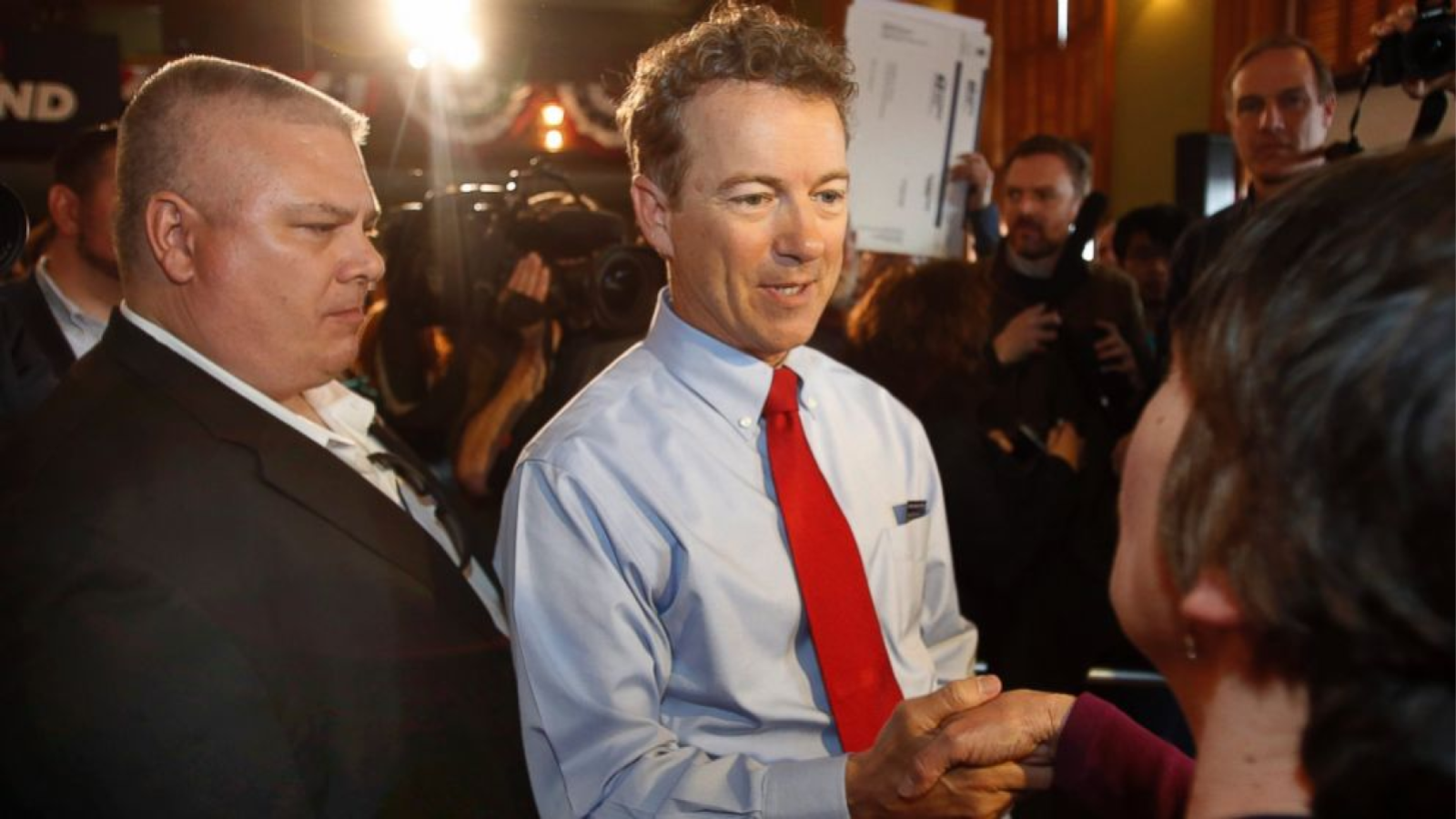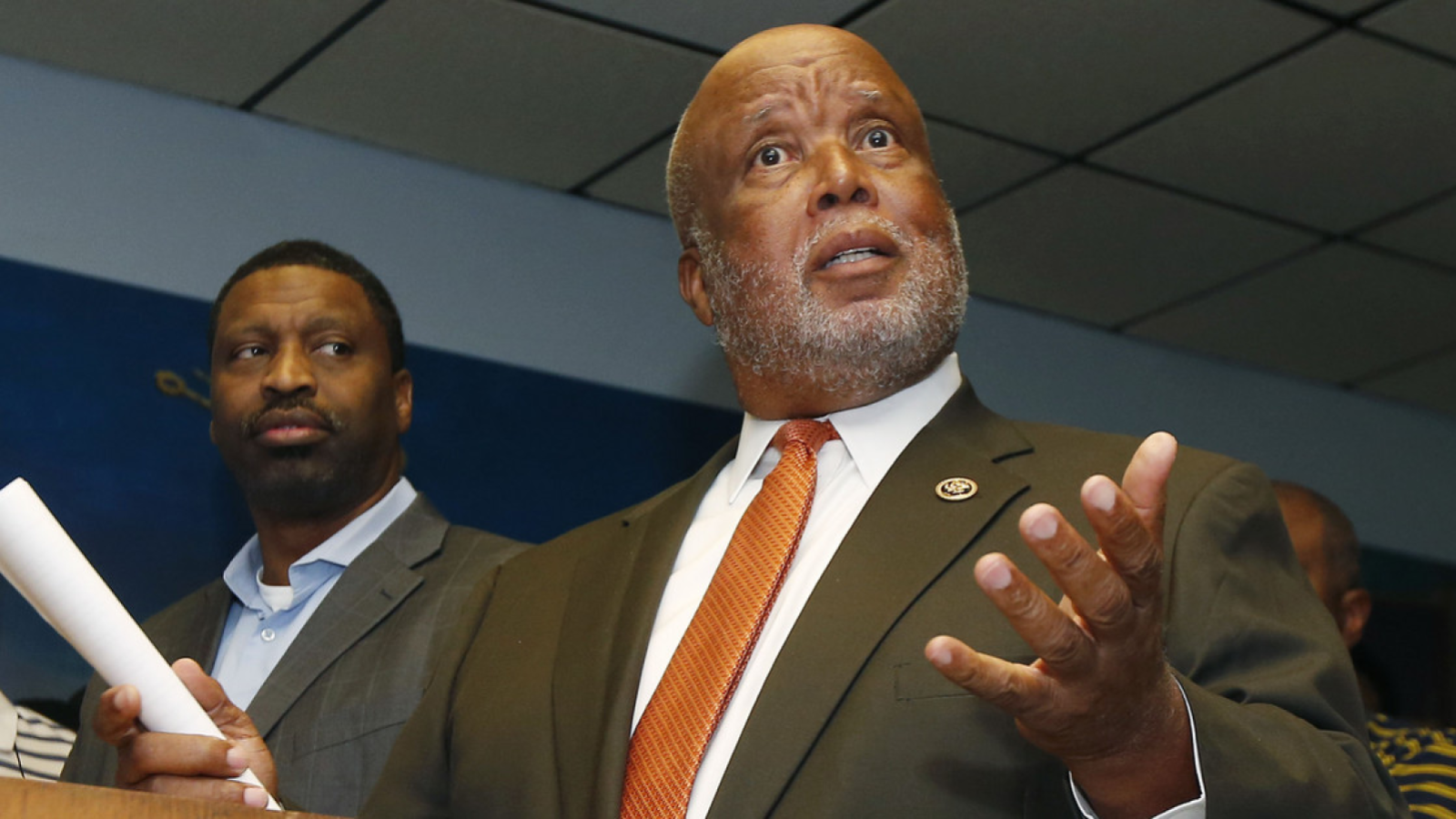Prison reform is the attempt to improve conditions inside prisons, improve the effectiveness of a penal system, or implement alternatives to incarceration. It also focuses on ensuring the reinstatement of those whose lives are impacted by crimes.
- In the ‘About’ section of this post is an overview of the issues or challenges, potential solutions, and web links. Other sections have information on relevant legislation, committees, agencies, programs in addition to information on the judiciary, nonpartisan & partisan organizations, and a wikipedia entry
- To participate in ongoing forums, ask the post’s curators questions, and make suggestions, scroll to the ‘Discuss’ section at the bottom of each post or select the “comment” icon.
The Prison Reform category has related posts on government agencies and departments and committees and their Chairs.
PBS NewsHour – 09/01/2024
https://www.youtube.com/watch?v=AQOug0yD1bg
Nearly half a million people in America’s prisons and jails were dealing with mental illness in 2005. FRONTLINE examined mental health in the prison system. (Aired 2005).
When “The New Asylums” was originally released, 16 percent of America’s prison population could be classified as having a severe mental illness such as schizophrenia, major depression or bipolar disorder, according to National Alliance for the Mentally Ill. The numbers were much higher when taking into consideration other types of mental illnesses and disorders.
As sheriffs and prison wardens became the unexpected and ill-equipped gatekeepers of this burgeoning population, they raised a troubling issue: were jails and prisons turning into America’s new mental hospitals?
With unprecedented access to prison therapy sessions, mental health treatment meetings, crisis wards, and prison disciplinary tribunals, FRONTLINE went inside Ohio’s state prison system to present a searing exploration of the complex topic of mental health behind bars and a moving portrait of the individuals at the center of this issue.
OnAir Post: Prison Reform










